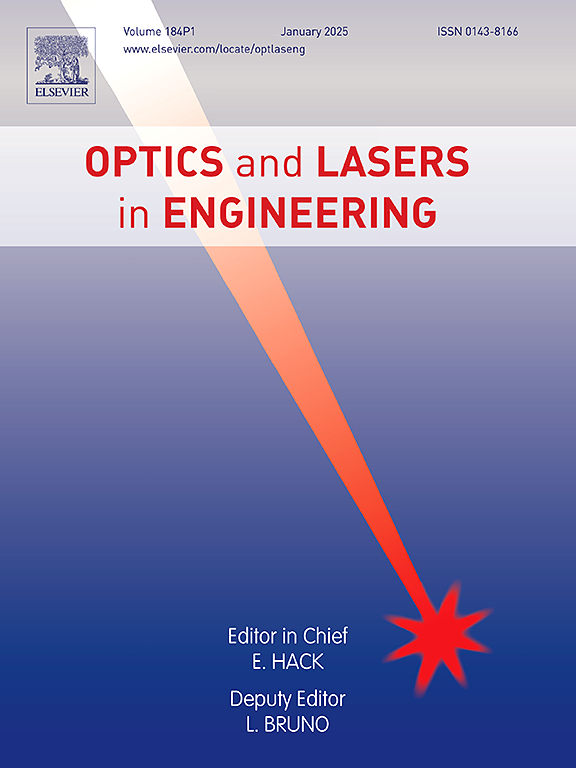Dynamic intelligent frequency locking system based on dual-template kernelized correlation filter
IF 3.5
2区 工程技术
Q2 OPTICS
引用次数: 0
Abstract
Cold atomic gravimeter demonstrates outstanding performance in marine dynamic measurement due to its high accuracy and long-term stability, while the system is sensitive to environmental factors and its laser frequency stabilization system relies on the peaks of individual typical Lamb dip, which are affected by these factors, leading to significant fluctuations in the differential signal and then introduces excessive dead time. This paper reported an automatic laser locking scheme utilizing the artificial intelligence algorithm. A dual-template kernelized correlation filter (DT-KCF) algorithm has been developed to identify the preset peak point of the saturation absorption spectroscopy (SAS) signal by compact optical pathway. Distributed Feedback Laser (DFB) at 780 nm is employed to experimentally investigate the intelligent algorithm through an Rb cell and the D2 saturation absorption lines of 87Rb. Modulation-demodulation and incremental PI closed-loop feedback were implemented to fine-tune frequency, and enhanced frequency stabilization accuracy. The frequency locking status was monitored in real-time, and automatically started the re-finding and modem and demodulation links once the lock is unlocked. It can be concluded that the system could automatically relock within about 4.2 s in no human intervention, and the long-term frequency stabilization accuracy is 10–12.
求助全文
约1分钟内获得全文
求助全文
来源期刊

Optics and Lasers in Engineering
工程技术-光学
CiteScore
8.90
自引率
8.70%
发文量
384
审稿时长
42 days
期刊介绍:
Optics and Lasers in Engineering aims at providing an international forum for the interchange of information on the development of optical techniques and laser technology in engineering. Emphasis is placed on contributions targeted at the practical use of methods and devices, the development and enhancement of solutions and new theoretical concepts for experimental methods.
Optics and Lasers in Engineering reflects the main areas in which optical methods are being used and developed for an engineering environment. Manuscripts should offer clear evidence of novelty and significance. Papers focusing on parameter optimization or computational issues are not suitable. Similarly, papers focussed on an application rather than the optical method fall outside the journal''s scope. The scope of the journal is defined to include the following:
-Optical Metrology-
Optical Methods for 3D visualization and virtual engineering-
Optical Techniques for Microsystems-
Imaging, Microscopy and Adaptive Optics-
Computational Imaging-
Laser methods in manufacturing-
Integrated optical and photonic sensors-
Optics and Photonics in Life Science-
Hyperspectral and spectroscopic methods-
Infrared and Terahertz techniques
 求助内容:
求助内容: 应助结果提醒方式:
应助结果提醒方式:


